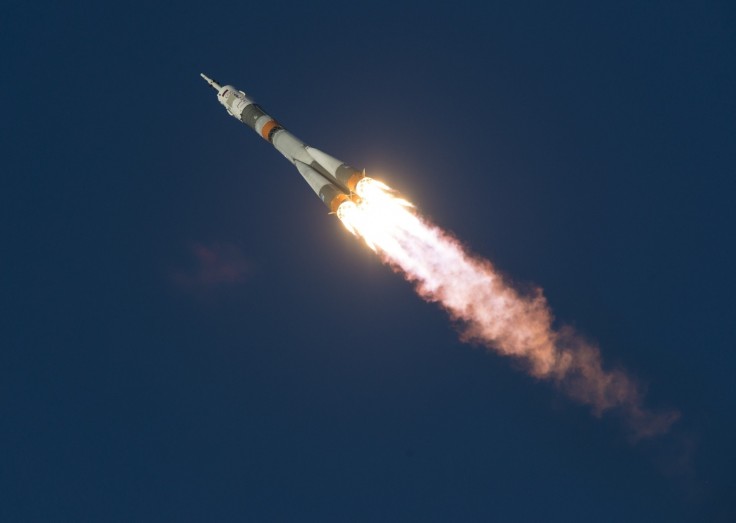
Atlas 5 is a launch system in the Atlas rocket family that was initially designed by Lockheed Martin. However, it is run by Boeing and Lockheed. The joint project is known as United Launch Alliance.
Previously, the Atlas 5 powered the RL10 engine and RD-180 engine. The engines work in stages. The Russian RD-180 engine burns liquid oxygen and kerosene, while the US RL 10 engine burns liquid oxygen and liquid hydrogen.
The United Launch Alliance is assembling the Atlas 5 rocket, which will launch a spy satellite. The company made a statement on Twitter unveiling this plan. The launch will take place before the end of the year.
The new Atlas 5 is powered by three GEM-63 Northrop Grumman's solid boosters. It is the first time that Atlas 5 is using Northrop Grumman's solid rocket boosters. Previously, the Atlas 5 powered Aerojet Rocketdyne engines.
Delta 4 Heavy NRO Satellite Launch
The upcoming launch is part of the National Reconnaissance Office NROL-101 mission. The mission will also examine the GEM-63's performance. This will help Northrop Grumman develop the larger GEM-63XL booster for Vulcan Centaur's launch. ULA is also working on the NROL-44 mission which will launch another NRO satellite on a Delta 4 Heavy.
This mission was put on hold after a fire abort took place on the 29th of August. The incident took place three seconds before the scheduled liftoff. The core engine failed to ignite after the vehicle shutdown. Just like the Atlas 5, the Delta 4 Heavy is also powered by three RS-68A engines.
The tom diaphragm failed to produce enough pressure to spin the turbines. As such, the turbine could not spin up due to inadequate pressure. This is why the large core engine didn't start. The tom diaphragm is located in the high-pressure helium regulator. The vehicle detected this malfunction and shut down automatically. Each engine has its regulator.
ULA said its conducting tests to verify the state of the two regulators. The company will rebuild or replace the regulators and then proceed with the launch. However, the high-pressure regulator is not usually removed and replaced. The age of the equipment might have resulted in the tom diaphragm. The equipment is made of polymer material, which becomes less malleable with time. Since the regulators are almost two decades old, they might have caused the mishap. The equipment is dated back when ULA started managing SLC-37.
The SLC-37 was designed in the 1960s by NASA as part of the Apollo-Saturn mission. However, modifications were done on the pad in the late 1990s. The modifications were carried out in preparation for the Delta 4. Delta 4 will mark its 12th mission once the NROL-44 is launched. It will also be the first of the last five missions to be launched between 2020 and 2024. Of the five missions, two will be launched from Vandenberg Air Force Base, California.
The upcoming Atlas 5 launch has grabbed the attention of most space enthusiasts. The major concern amongst the space community is whether this launch will be successful. But with the new GEM-63 Northrop Grumman's solid boosters, the launch will likely be successful. In the meantime, we'll just have to wait for the outcome. If anything comes up we'll let you know.









